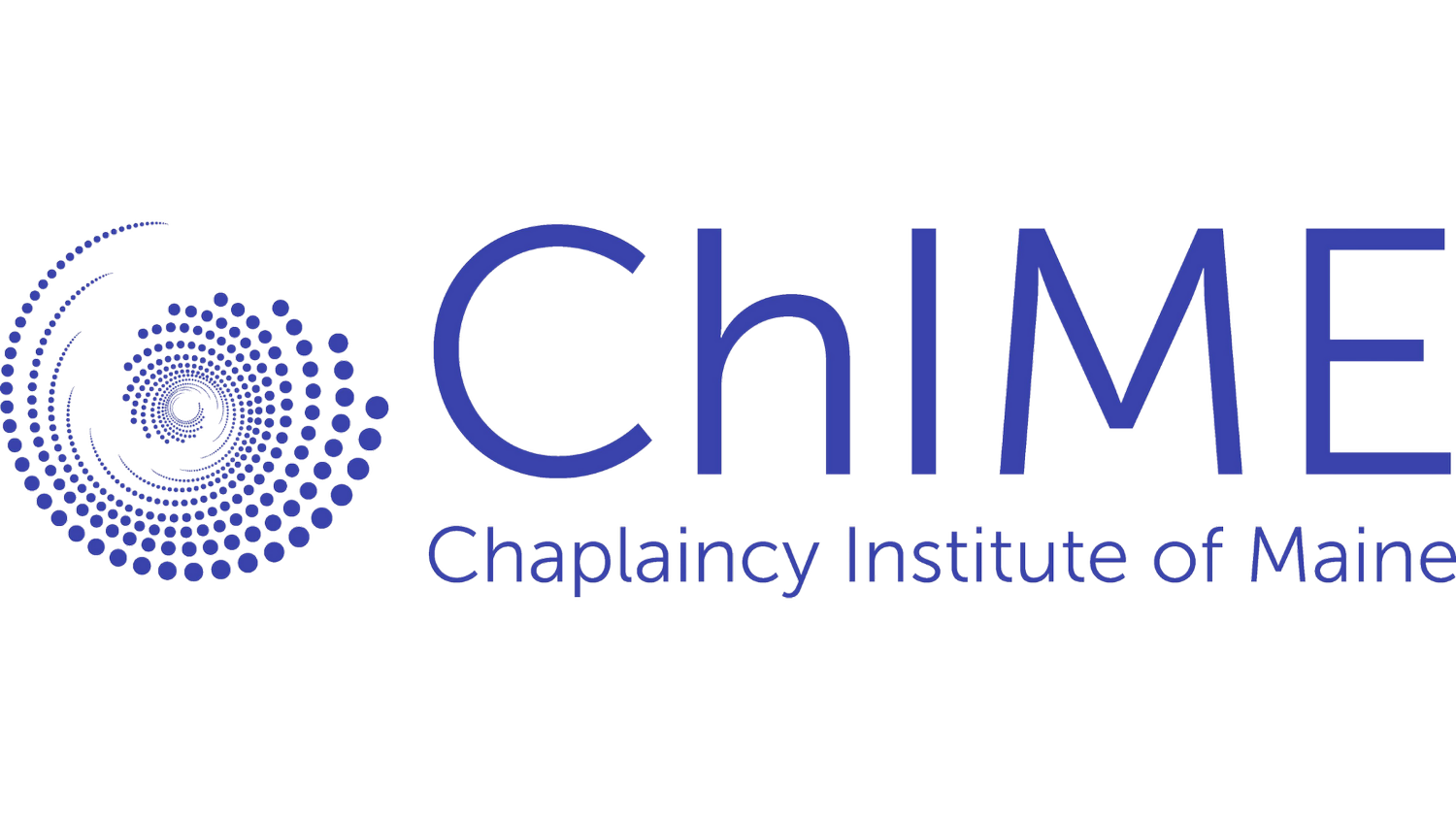
By gkisedtanamoogk,
Thanksgiving is once again upon us. While we are challenged this year, may we continue our view of Thanksgiving as embodying Family, Society, and Country. There is however, another view, the view from the shore, a view of history and life prior to, and since, the arrival of the Separatist English in November 1620. The Separatists, or ‘Pilgrims’, came to the shores of the Wampanoag, my People and Culture. For the Wampanoag, celebrating an annual multitude of Thanksgivings is a time honored tradition dating since time immemorial. Historic accounts of autumn 1621 vary, from intentional invitation, to one of the uninvited, surprise, suspicion. What came here to the Wampanoag in the 17th century were purposeful alternatives to Indigenous Life and living, alternatives of European values reliant on 15th century Papal Bulls. In November, 1970, by Frank James and other Wampanoag, Thanksgiving became a National Day of Mourning, mourning how life since the 17th century has not been so great for the Wampanoag and generally, for Indigenous Peoples throughout the Americas. Living with histories of devastation since King Philp’s War (1675-1678) and before then, in the Great Dying (1617-1619) is quite challenging. Wampanoag vindication envisions the Path for Humanity based once again upon the relationship to Earth and Sky. In words of the late Frank James: “Now, [400] years later, you…are celebrating an anniversary the Wampanoag will help you celebrate in the concept of a beginning…a beginning of a new determination for the original American: the American Indian.” gkisedtanamoogk, is from the Wampanoag Community of Mashpee located on cape cod south of boston, massachusetts, married to Miigam’agan. Together they have three Children and three Grandchildren. He was one of five Commissioners on the Maine Wabanaki State Child Welfare Truth and Reconciliation Commission and taught for 10 years at the University of Maine. He has shared several presentations with the Chaplaincy Institute of Maine. gkisedtanamoogk resides with his Family at Esgenoôpetitj on the Burnt Church Reserve; he would say that Mi’kmaq Homelands are occupied by the province of new brunswick and canada.
gkisedtanamoogk, is from the Wampanoag Community of Mashpee located on cape cod south of boston, massachusetts, married to Miigam’agan. Together they have three Children and three Grandchildren. He was one of five Commissioners on the Maine Wabanaki State Child Welfare Truth and Reconciliation Commission and taught for 10 years at the University of Maine. He has shared several presentations with the Chaplaincy Institute of Maine. gkisedtanamoogk resides with his Family at Esgenoôpetitj on the Burnt Church Reserve; he would say that Mi’kmaq Homelands are occupied by the province of new brunswick and canada.
“The First Thanksgiving, 1621” by Karen Rinaldo
Portland
ME
207-347-6740
#DiscoverChime
Your Custom Text Here

